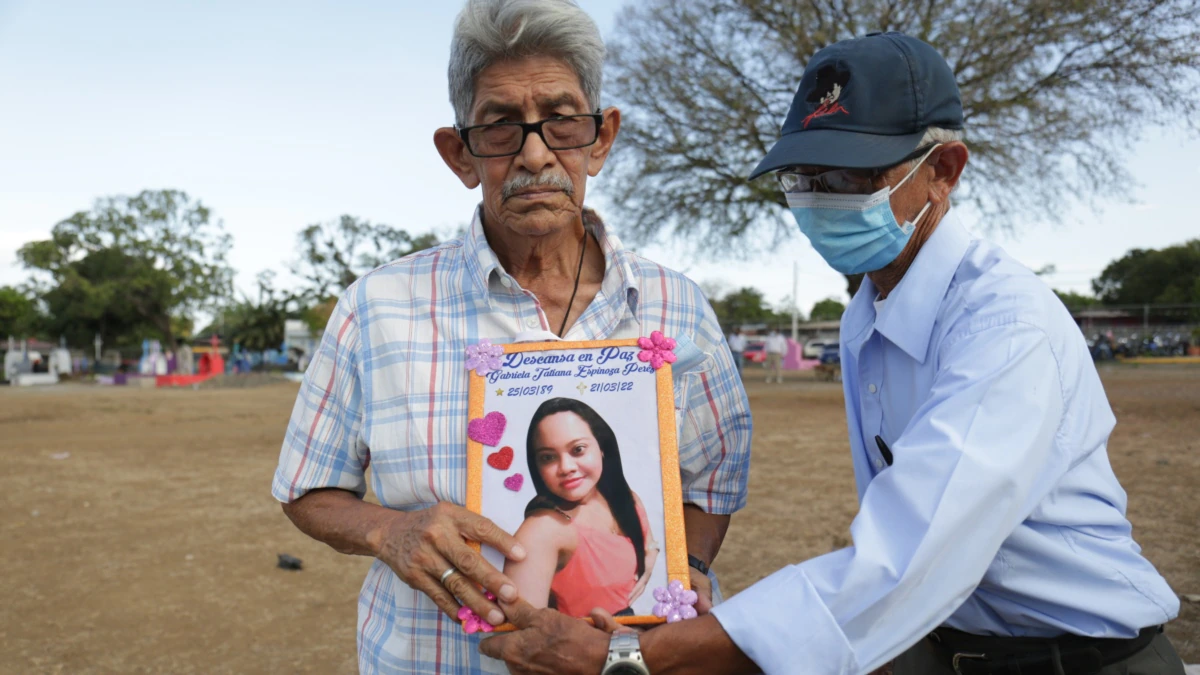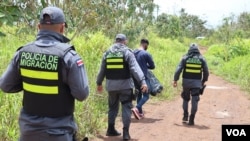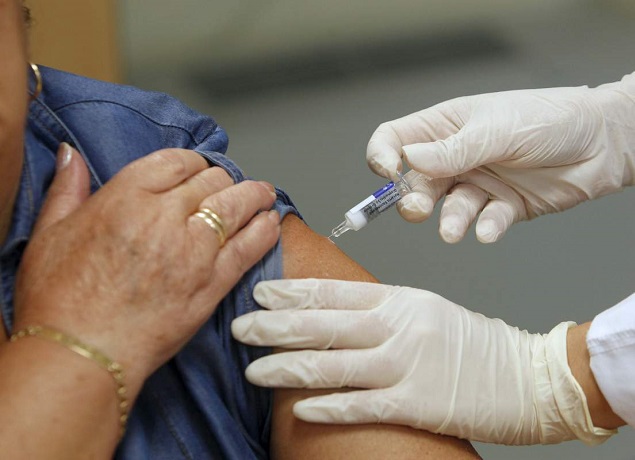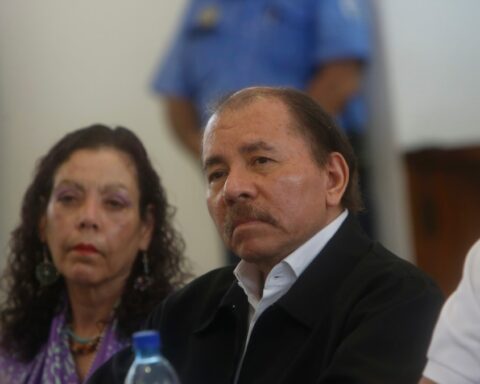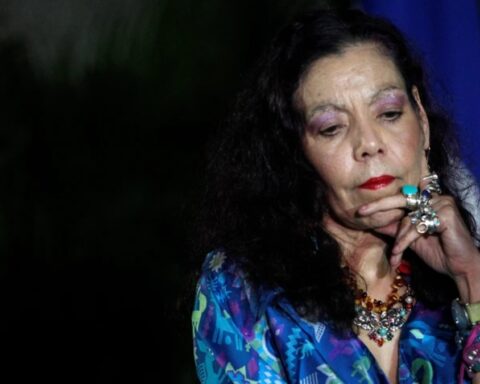hours before cross the Rio Grande, Nicaraguan Gabriela Tatiana Espinoza Pérez called her mother María Mercedes Pérez to ask for her blessing.
Since he decided to leave the city of Masaya, located south of the Nicaraguan capital, bound for the United States, he had everything planned. Everything was going well. The only thing the young woman had to do was one last call to her mother. This time it would be her to tell him that she had turned herself in to the US authorities to seek refuge.
The call never came.
Through the national television María Mercedes Pérez, she found out that her daughter had died. “It has been a great suffering, crying, anguish. I saw how my daughter drowned, seeing how they took her out of me has shocked me”, says the moved mother before the local media.
“What happened to my little girl?” he asks.
“They didn’t help me,” he replies inconsolably.
Espinoza Pérez was just 32 years old when he made the decision to emigrate. Her family says that she was looking to improve her and her mother’s economic situation.
“Seeing my little girl drown breaks my heart. She was looking for a better future, I told her no, but what was she going to do, to an American dream that she found death, ”said the 71-year-old mother crying.
In recent years of political crisis, the number of migrants has increased exponentially in Nicaragua. In 2018, according to official data, more than 100,000 people fled the country, a high number for a country with just 6 million inhabitants.
In the months of March and April alone, some 14 people died trying to cross into the United States. Among these is Clorinda Alarcón, a pregnant woman who died in Mexico after being locked up with some 250 migrants in a container abandoned by “coyotes,” as human traffickers are known.
Alarcón, who was originally from a remote community in the northern Caribbean of the country, had sold everything she owned to emigrate to the United States.
“I asked her if she wasn’t afraid to leave, and she said no, that she was doing it to give her daughter and the baby she was expecting a better life. She told me that she had faith to arrive safely, because she had seen how many people managed to arrive, “her sister Cenia Alarcón told local media.
Political or economic migration?
Experts consulted by voice of america They warn that the increase in Nicaraguan migrants corresponds to economic reasons generated by the political crisis that began four years ago and still has no apparent solution.
In fact at present, the Nicaraguan basic basket which ranges between 17,200 córdobas (about 941 dollars) is not enough to cover even half of this for a worker who earns the minimum wage of 4,980 córdobas (about 142 dollars)
Families are partly relying on remittances that have increased greatly, according to official data from the Central Bank. For example, in the first quarter of 2022, Nicaraguans received more than 26% in remittances compared to the same period in 2021.
The main countries of origin of remittances are the United States, with 70%, followed by Spain, Costa Rica, Panama and Canada.
But the trend dates back a long time. In 2020, for example, Nicaragua captured 10% more than in 2019, according to the same official data.
Will Nicaragua reach the levels of migration of the countries of the Northern Triangle?
Alberto Brunori, Representative for Central America of the OHCHR, assesses in an interview with the VOA that although Nicaragua is not yet in the first countries from which migrants come, as is the case with the nations of the “Northern Triangle” [de Honduras, Guatemala y El Salvador]if it continues at the current rate, it could reach similar statistics regarding the migratory flow.
“Nicaragua has been increasing in that migration list. Certainly we have information from many people from civil society who have had to leave and that has been increasing, it is a concern that for reasons of repression Nicaragua is exporting part of the best brains, intellects and civil society”, says Brunori via Skype to the VOA.
The sociologist and economist Oscar René Vargas explains that as a consequence of the cost of the basic basket there would be a process of malnutrition and impoverishment. “It is the confluence of several factors that make this a pressing problem.”
Connect with the Voice of America! Subscribe to our channel Youtube and turn on notifications, or follow us on social media: Facebook, Twitter and Instagram

